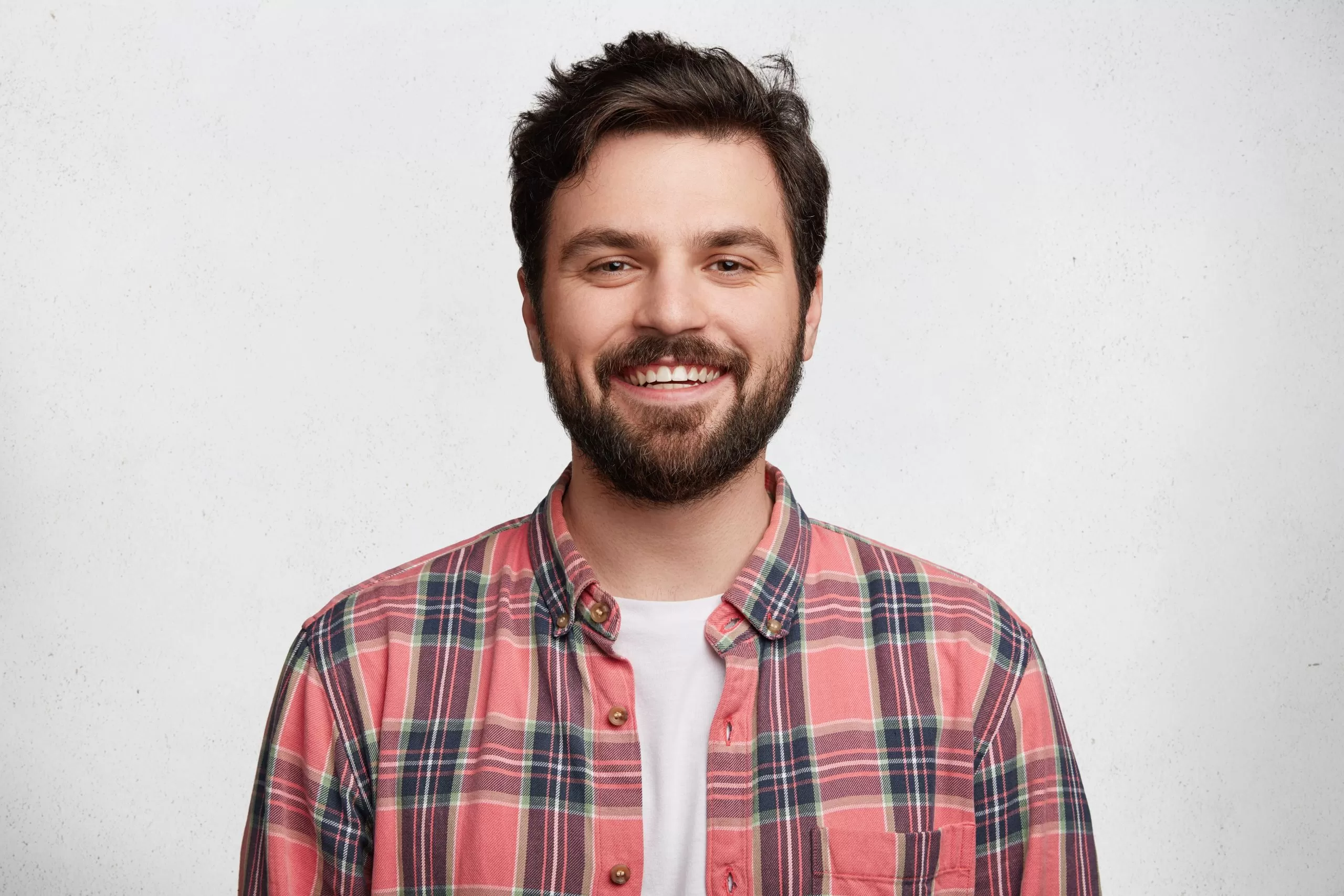Does Football Players Wear Cups
Yes, some football players choose to wear protective cups during games to provide additional protection to their groin area. These cups are designed to absorb and distribute impact, reducing the risk of injury. However, wearing a cup is a personal choice, and not all players use them. The decision often depends on individual comfort, playing position, and the level of protection they feel they need. Read about What is the Pocket in Football
The Anatomy of the Cup
Before we discuss whether football players wear cups, it’s essential to understand what a cup is and what purpose it serves. In this chapter, we’ll break down the anatomy of the cup, exploring its design, materials, and how it functions as protective gear on the football field.
Also read the Article: What is a Biltz in Football

The History of Protective Gear in Football
To appreciate the significance of cups in football today, we must look back at the history of protective gear in the sport. In this chapter, we’ll trace the evolution of football equipment and how it has impacted player safety.
The Positional Factor
Not all football players are created equal, and neither are their equipment needs. In this chapter, we’ll analyze whether the decision to wear a cup varies based on a player’s position on the field and the unique risks associated with each position.
The Great Debate: To Cup or Not to Cup
Now, we arrive at the heart of the matter. Do football players wear cups? This chapter will explore the arguments for and against wearing cups, including comfort, mobility, and psychological factors.
The Professional Perspective
What doprofessional football playershave to say about wearing cups? In this chapter, we’ll delve into the experiences and opinions of pro athletes, shedding light on their choices and the factors that influence them.
The Youth and Amateur Scene
Professional players aren’t the only ones with opinions on this matter. In this chapter, we’ll examine whether youth and amateur football players prioritize wearing cups and the role coaches and parents play in this decision.
Innovations in Protective Gear
As technology advances, so does the design of protective gear, including cups. This chapter will explore the latest innovations in football equipment, highlighting advancements that may impact players’ choices.
Safety First
While comfort and mobility are crucial, safety should always be a top priority in sports. In this chapter, we’ll discuss the potential risks associated with not wearing a cup and the consequences players might face.
The Legal Angle
Could the decision not to wear a cup have legal implications? This chapter will touch upon the legal aspects of player safety and the obligations of leagues and organizations to protect their athletes.
The Future of Football Equipment
In the final chapter, we’ll look to the future of football equipment and whether changes in regulations or technology will impact the use of cups in the sport.

Conclusion
In the world of football, where every decision can mean the difference between victory and defeat, the choice of protective gear is a critical one. Whether football players wear cups remains a subject of debate, influenced by factors ranging from comfort and mobility to position and personal preference. However, it’s essential to remember that safety should never be compromised.
FAQs
Q. Do football players wear cups?
A. The decision to wear cups varies among football players. Some players choose to wear cups for added protection, while others opt not to wear them due to comfort and mobility concerns.
Q. What is the purpose of a cup in football?
A. A cup is a protective piece of equipment designed to shield the groin area from potential impacts and injuries during the game. It provides an extra layer of protection to sensitive areas.
Q. Which players are more likely to wear cups?
A. The choice to wear a cup often depends on the player’s position and the risks associated with it. Players in positions where physical contact is more frequent, such as goalkeepers and defenders, are more likely to wear cups.
Q. Why do some players choose not to wear cups?
A. Players may choose not to wear cups due to comfort and mobility concerns. Cups can sometimes restrict movement and feel uncomfortable, leading players to decide against using them.
Q. Are there different types of cups available?
A. Yes, there are various types of cups available, ranging from traditional hard cups to more flexible and comfortable options. Players can choose the type that best suits their preferences and needs.

Smith, the passionate author behind footballdynasti.com, a dynamic football blog. With a love for the game and insightful analysis, Smith brings the world of football to life through engaging content and a personal touch.
